Agricultural sensing and monitoring devices are tools used by farmers to collect data about their crops and soil. This data can improve crop yields, reduce input costs, and make farming more efficient. Various agricultural sensing and monitoring devices are available on the market, each with capabilities and features. Find the list of agricultural sensing and monitoring devices below.
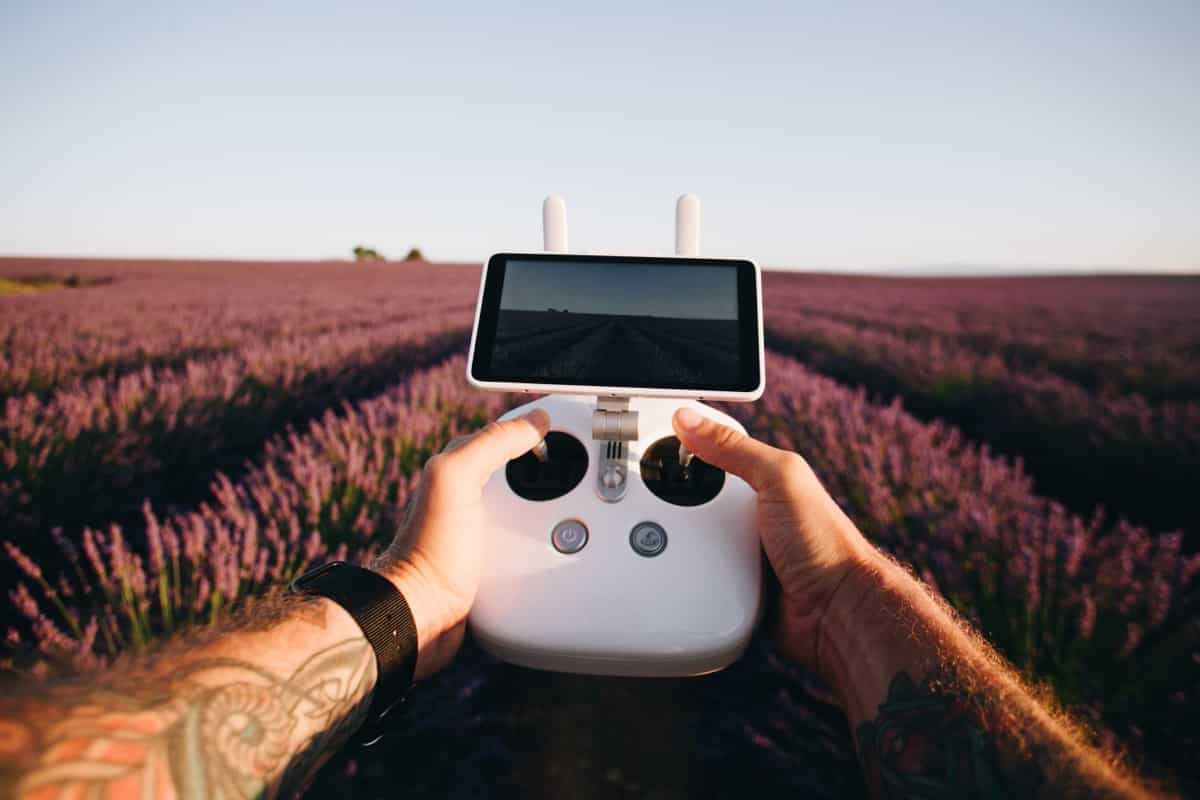
What is Agriculture Monitoring System?
The agriculture monitoring system is a set of tools and technologies used to collect data about crops, soil, water, and weather conditions to optimize agricultural production. The data collected by these systems can be used to make decisions about irrigation, fertilization, crop rotation, and other important factors in agricultural production.
These technological advancements give farmers a more accurate view of their operations by providing real-time data on everything from soil and water pH to humidity and temperature. With these devices becoming increasingly accessible, they will likely become even more widespread in years to come, leading to improved crop yields and, ultimately, better harvests for everyone involved.
Sensors in agriculture are devices that measure and monitor various environmental conditions, such as temperature, humidity, soil moisture, light intensity, and wind speed. They can automatically control irrigation systems, Greenhouses, and other agricultural equipment. Sensors can also be used to monitor crop growth and soil fertility.
Many different types of agriculture monitoring systems are available on the market today. Some systems are designed for specific types of crops or geographical regions, while others are more general purpose. Some systems are designed for use in greenhouses or other controlled environments.
What is the Importance of Monitoring in Agriculture?
- Monitoring in agriculture is important for several reasons. It can help farmers to optimize their production by understanding what conditions are best for their crops.
- Additionally, monitoring can help to identify problems early on before they become too severe. This allows farmers to take corrective action in a timely manner, saving both time and money.
- Finally, monitoring data can be used to develop long-term trends and predictions, which can help farmers to plan for the future and make more informed decisions about their business.
How Do Agricultural Sensing and Monitoring Devices Work?
Various agricultural sensing and monitoring devices are available on the market. Some devices measure soil moisture, temperature, and light levels. Others measure weather conditions such as wind speed and precipitation. Still, others track crop development by measuring plant height or leaf area index.
Most agricultural sensing and monitoring devices use sensors to collect data. Sensors convert physical phenomena into electrical signals that a computer can process. Agricultural sensors are often combined with wireless communication technology to transmit data in real-time to a central database.
Where Can I Buy Agricultural Sensing and Monitoring Devices?
There are many places available to buy agricultural sensing and monitoring devices. You can purchase them online from various retailers, or you can find them at local stores that sell farm supplies. You can also check with your local Cooperative Extension office to see if they have any recommendations for where to purchase these types of devices.
Benefits of Using Agriculture Sensors for farmers
Agriculture sensors can help optimize irrigation by providing information on soil moisture content, weather conditions, and plant growth. This can lead to saved water and energy costs and improved crop yields. Additionally, sensors can monitor livestock health and track grazing patterns, allowing farmers to manage their herds better. Agricultural sensors can also detect and respond to pests and diseases, helping protect crops and prevent yield losses. They can help farmers to optimize irrigation, reduce water usage, and improve crop yields.
They can also help to monitor soil moisture levels, air temperature, and humidity. Additionally, these devices can provide information on pest populations and soil fertility levels. This information can help farmers to make more informed decisions about when to plant, how to manage their crops, and what products to use. Ultimately, agricultural sensing and monitoring devices can help farmers increase their efficiency and profitability. Overall, sensors provide valuable information to help farmers improve their operations.
List of Agricultural Sensing and Monitoring Devices
Rainfall and Irrigation Sensors
Precipitation and irrigation sensors are devices that measure the amount of rainfall or irrigation water that is applied to an agricultural field. These devices can be used to monitor crops’ water needs, optimize irrigation schedules, or assess the impact of precipitation on crop growth.
Digital Agriculture in India: Challenges and Opportunities
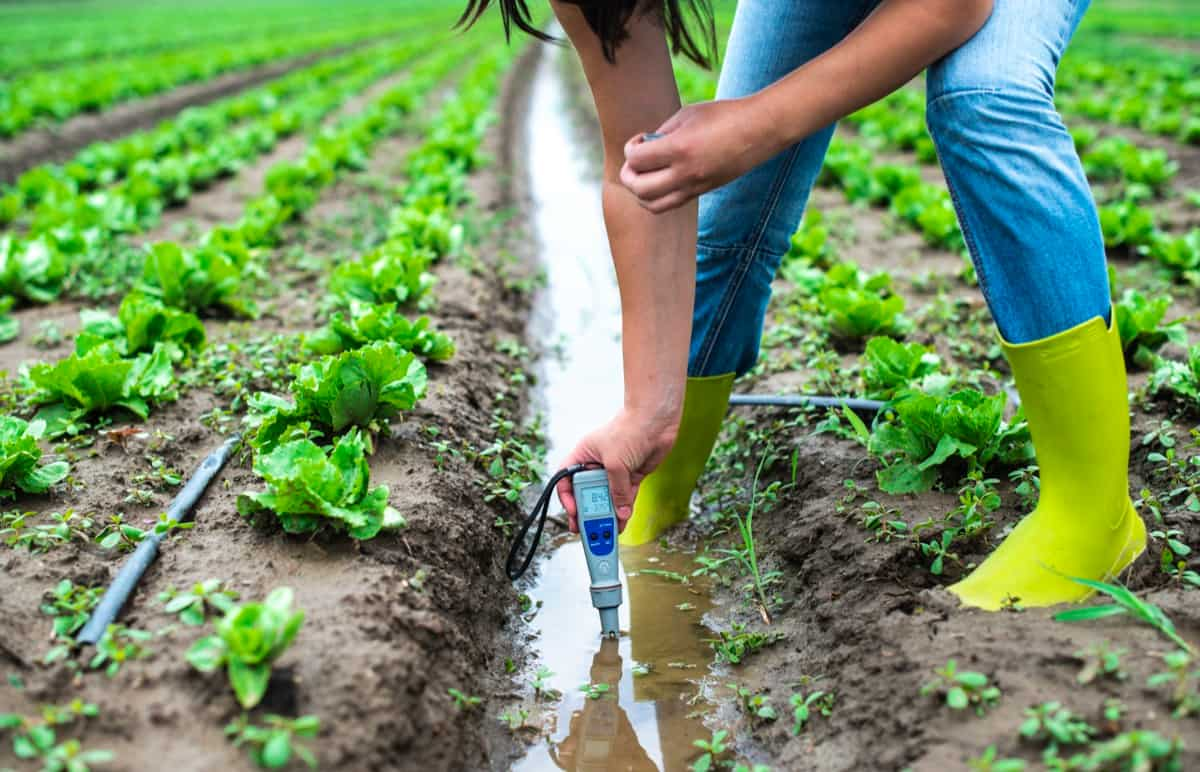
Automated irrigation systems are a great way to keep your plants healthy and hydrated. Using sensors to monitor soil moisture levels, these systems can automatically adjust the water your plants receive. This saves you time and money and helps ensure that your plants get the optimal water for their needs.
Soil Moisture Sensors
Soil moisture sensors measure the amount of water in the soil. They are used to monitor agricultural conditions and optimize irrigation systems. There are many soil moisture sensors, each with advantages and disadvantages. Some soil moisture sensors measure the dielectric constant of the soil, which is a measure of the ability of the soil to conduct electricity. The dielectric constant is directly related to the amount of water in the soil. Other soil moisture sensors measure the electrical resistance of the soil, which also varies with humidity.
Some soil moisture sensors require direct contact with the soil, while others can be placed just above the ground surface. Some sensor types can be installed permanently in the field, while others are portable and can be moved around as needed. Soil moisture sensors can provide real-time data about conditions in the field, which is critical for optimizing irrigation systems. However, they can be expensive, and their accuracy can vary depending on sensor type, location, and environmental conditions.
Nutrient Sensors
Nutrient sensors are devices that measure the concentrations of nutrients in soil or water. They are used to monitor and optimize nutrient levels in agricultural systems. The most common type of nutrient sensor is the soil moisture sensor. Soil moisture sensors measure the amount of water present in soils. They can be used to monitor irrigation systems and optimize watering schedules. Soil moisture sensors can also detect drought conditions and assess crop stress levels.
In case you missed it: A Guide to Understand Importance of Drones in Agriculture/Farming: Advantages, Applications, and Different Types
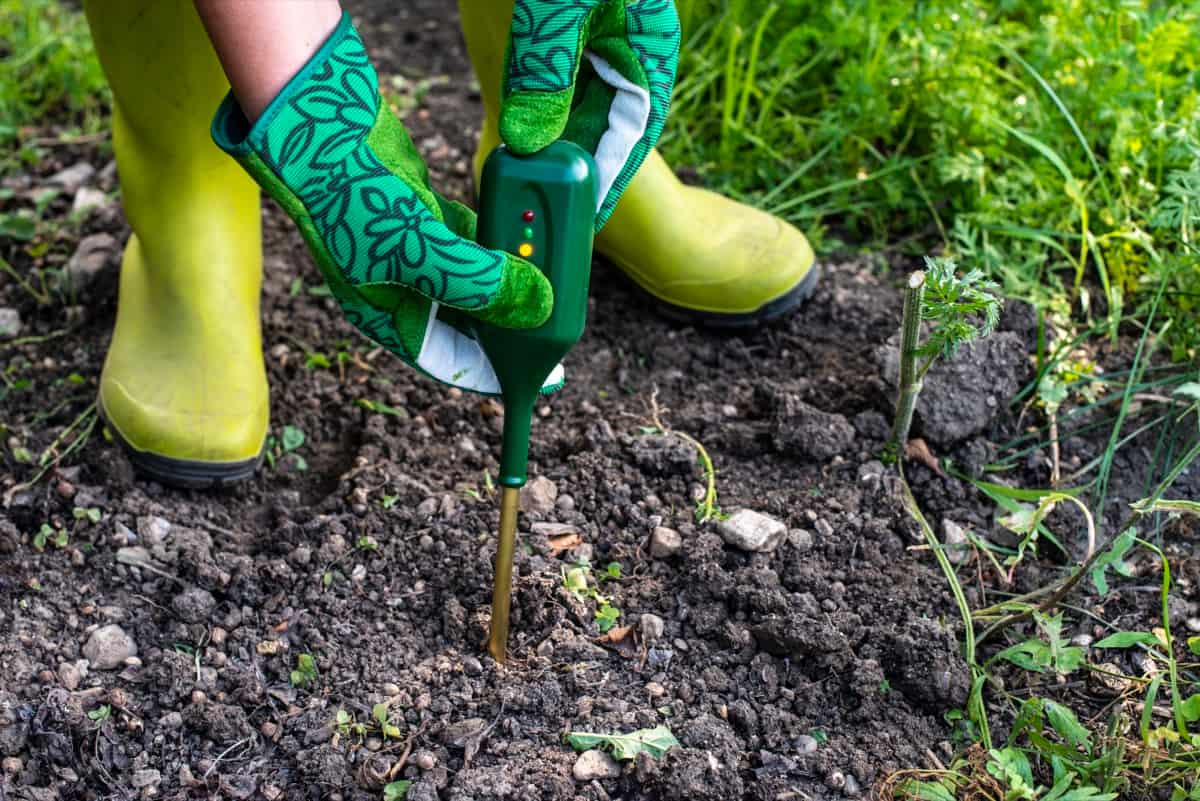
Another type of nutrient sensor is the leaf chlorophyll sensor. Leaf chlorophyll sensors measure the amount of chlorophyll present in leaves. Chlorophyll is an indicator of plant health and vitality. Leaf chlorophyll sensors can monitor crop growth and assess nutritional status. Nutrient concentration sensors are useful for monitoring and optimizing fertilizer application rates. They can also be used to detect nutrient deficiencies in crops and track the movements of nutrients through ecosystems.
Crop Health Monitors
These are another type of agricultural sensor that can be used to track the growth and health of crops. Crop health monitors can be used to measure several different factors that affect crop growth and yield. These include soil moisture content, air temperature, humidity, and light intensity. Farmers can make informed decisions about irrigation, fertilization, and other management practices by monitoring these conditions.
In case you missed it: How to Build a Small Greenhouse from Scratch: Cheap Construction Ideas, Material Required, and Setup Cost
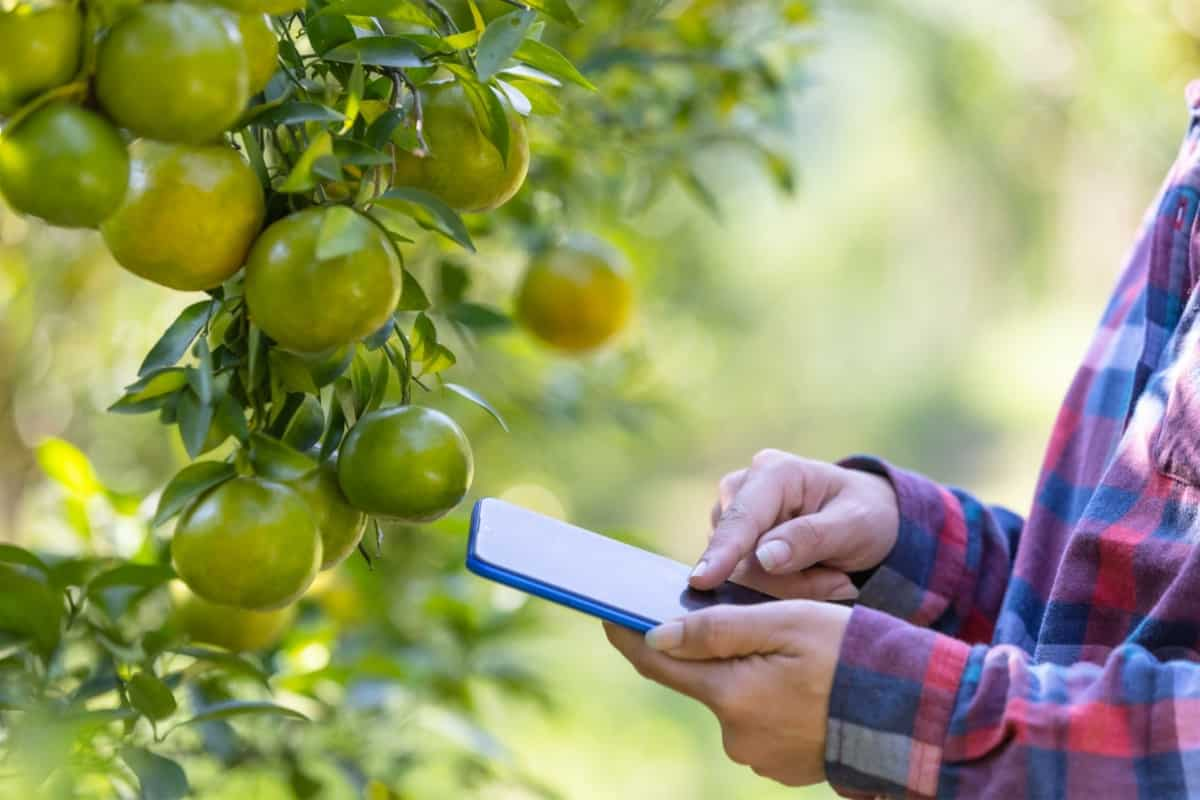
There are several different types of crop health monitors available on the market. Some are designed for specific crops, while others can be used for multiple types of crops. Crop health monitoring devices can help farmers diagnose problems early and make necessary crop adjustments. For example, a sensor that monitors moisture levels in the soil can help farmers identify dry areas that need more water.
Weather Stations
These are another type of agricultural sensor that can monitor local weather conditions. This information can be used to help farmers make decisions about when to plant or harvest their crops. Some weather stations measure just the basics, like temperature and precipitation, while others measure more specific conditions, like wind speed and direction, solar radiation, and soil moisture. Farmers can use this data to make irrigation, planting, and crop management decisions.
Location Sensors
Precision agriculture is an approach to farm management that relies on gathering data about crops and using that information to make decisions about seed selection, fertilizer application, and irrigation. Location sensors are a key part of precision agriculture, providing the data to make informed decisions.
There are a variety of location sensors available. GPS is the most common type of location sensor, but it can be inaccurate in areas with tall buildings or trees. Agricultural drones are also becoming increasingly popular for collecting data about crops. Drones can be equipped with sensors like visible light, thermal, and multispectral cameras. They can cover large areas quickly and provide detailed crop health information.
Optical Sensors
Various sensors can be used for agricultural purposes. Some of the most popular ones include optical sensors. These sensors can detect different aspects of the crop, such as moisture level, amount of sunlight, and temperature. They can be used to detect plant pests and diseases. Optical sensors are becoming increasingly popular in the agricultural sector due to their accuracy and reliability.
In case you missed it: Crop Monitoring Technology – IoT, Remote Sensing
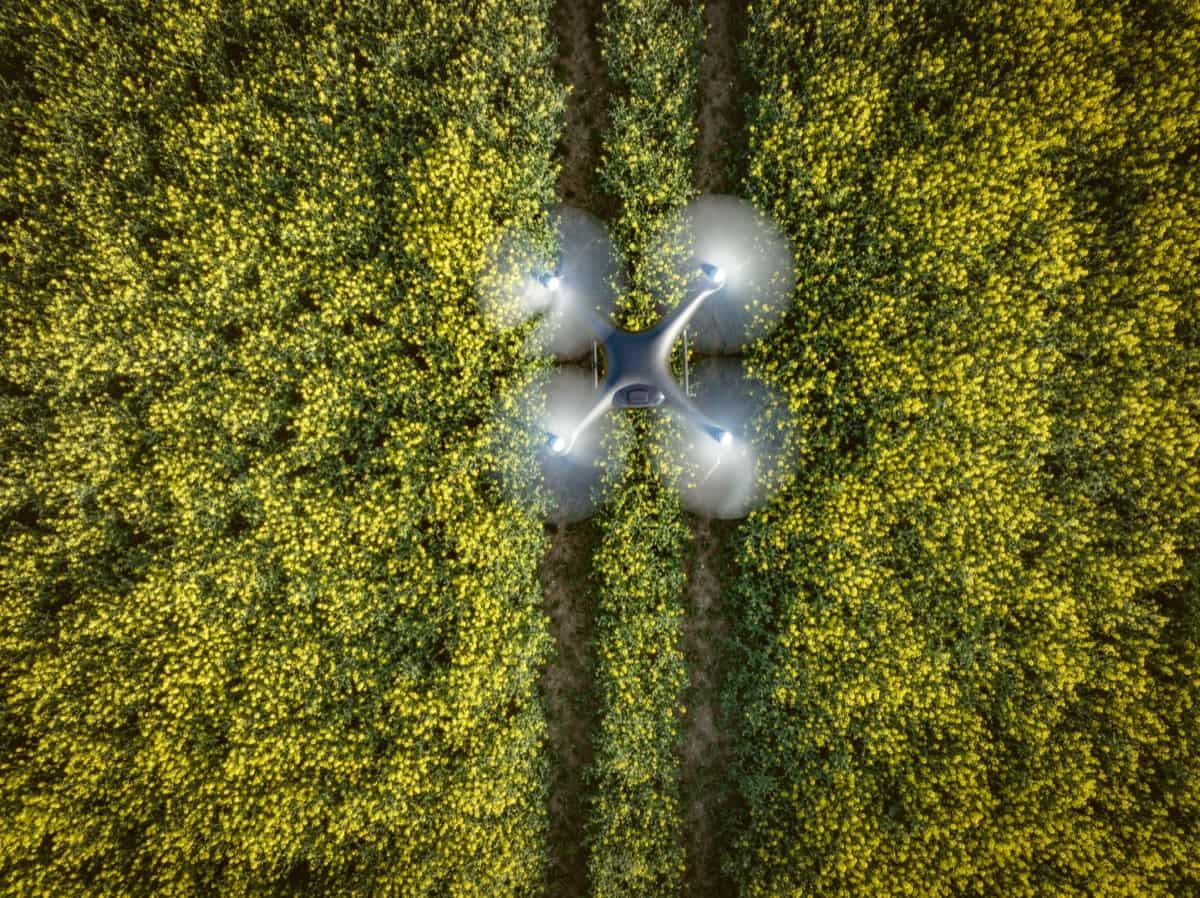
Electrochemical Sensors
Electrochemical sensors are used in agriculture to measure various soil and water parameters. They are commonly used to measure pH, conductivity, and dissolved oxygen. These sensors can be used to monitor irrigation systems, track nutrient levels in soil, and monitor water quality.
Mechanical Sensors
There are a variety of mechanical sensors that can be used in agriculture to monitor and track different aspects of crops and farmland. Examples include weather stations, soil moisture sensors, and crop yield monitors. By collecting data from these various sensors, farmers can gain valuable insights into the health of their crops and make more informed decisions about irrigation, fertilization, and other agricultural practices.
Dielectric Soil Moisture Sensors
Dielectric soil moisture sensors are a type of sensor used to measure the moisture content of the soil. These sensors measure the soil’s dielectric constant, which measures how easily electricity can flow through the soil. The higher the dielectric constant, the drier the soil.
Dielectric soil moisture sensors are commonly used in agriculture to help farmers manage irrigation. Farmers can ensure they are not over- or under-watering their crops by knowing how much moisture is in the soil. Dielectric soil moisture sensors can also monitor other aspects of agriculture, such as fertility and crop yield.
Airflow Sensors in the Agriculture Sector
Airflow sensors can help farmers better understand how air moves across their fields. This information can be used to adjust how crops are grown, leading to increased yields. In addition, airflow sensors can also be used to monitor for pests and diseases.
Farmers can take steps to prevent pests and diseases from spreading by understanding how air flows through a field. Airflow sensors are becoming increasingly popular in the agricultural sector as farmers look for ways to improve yields and reduce inputs. Consider investing in an airflow sensor system to improve your farm’s productivity.
Yield Monitors
A yield monitor is a device that can be attached to a combine harvester. It uses sensors to measure the grain’s weight, moisture, and density as it is harvested. The data collected by the yield monitor can be used to improve crop yields in future growing seasons. Yield monitors have been shown to improve crop yields by up to 5%. They are most effective with precision agriculture techniques such as GPS mapping and variable rate fertilizer application. Many different models are available if you want to use a yield monitor on your farm.
Research and choose a model compatible with your combined harvester to meet your needs. Crop yield monitors are devices that measure the amount of crop yield at a given time. Some crop yield monitors are designed to be used with specific software programs, while others can be used with any farming equipment. This information can be used to find the best time to harvest crops and the most efficient way to irrigate and fertilize fields. Crop yield monitors can also monitor crops’ health and identify potential problems early on.
Agricultural Robots
Agricultural robots are becoming increasingly popular as farmers seek ways to improve efficiency and yield. Agricultural robots can perform various tasks, including soil sampling, crop scouting, and mapping.
In case you missed it: Agricultural Robots Advantages, Automation, History, Future
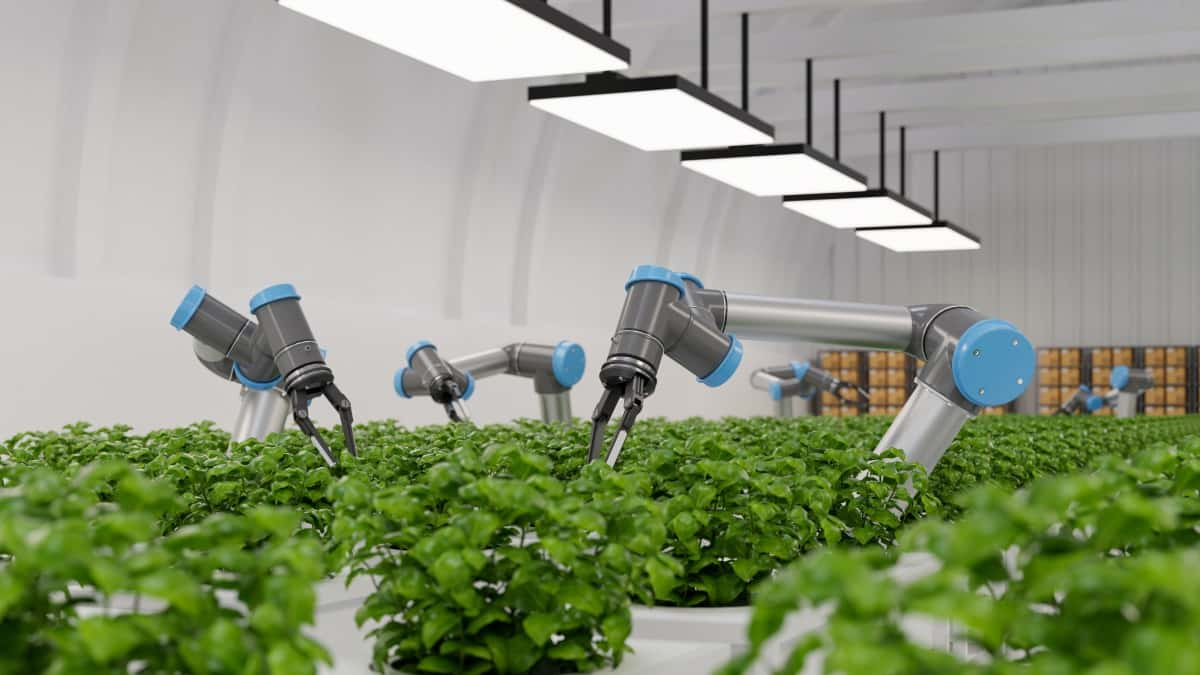
Soil sampling is an important task for farmers as it allows them to assess their soil’s nutrient levels and adjust their fertilizer program accordingly. Crop scouting involves walking through fields to look for signs of pests or diseases. Mapping is another important task for agricultural robots, allowing farmers to create detailed maps of their fields. This information can be used to optimize irrigation and planting plans.
Conclusion
Agricultural sensing and monitoring devices collect data about the environment in which crops are grown. This data can be used to optimize growing conditions, track crop development, and predict yield. Agriculture monitoring systems track and collect data on weather, soil, and crop conditions. This information is then used to optimize irrigation, pesticide, and fertilizer applications. Farmers can make real-time decisions to improve yields and decrease input costs by continuously monitoring conditions and using sensors and other devices.
- Types of Pesticides Used in Agriculture: A Beginner’s Guide
- Economical Aquaculture: A Guide to Low-Budget Fish Farming
- 15 Common Planting Errors That Can Doom Your Fruit Trees
- How to Make Houseplants Bushy: Effective Tips and Ideas
- Innovative Strategies for Boosting Coconut Pollination and Yield
- Pollination Strategies for Maximum Pumpkin Yield
- The Complete Guide to Chicken Fattening: Strategies for Maximum Growth
- Natural Solutions for Tulip Problems: 100% Effective Remedies for Leaf and Bulb-Related Issues
- Revolutionizing Citrus Preservation: Towards a Healthier, Greener Future
- Natural Solutions for Peony Leaf and Flower Problems: 100% Effective Remedies
- Maximizing Profits with Avocado Contract Farming in India: A Comprehensive Guide
- Natural Solutions for Hydrangea Problems: 100% Effective Remedies for Leaf and Flowers
- The Ultimate Guide to Choosing the Perfect Foliage Friend: Bringing Life Indoors
- From Sunlight to Sustainability: 15 Ways to Use Solar Technology in Agriculture
- The Ultimate Guide to Dong Tao Chicken: Exploring from History to Raising
- The Eco-Friendly Makeover: How to Convert Your Unused Swimming Pool into a Fish Pond
- Mastering the Art of Delaware Chicken Farming: Essentials for Healthy Backyard Flocks
- 20 Best Homemade Fertilizers for Money Plant: DIY Recipes and Application Methods
- How to Craft a Comprehensive Free-Range Chicken Farming Business Plan
- Brighten Your Flock: Raising Easter Egger Chickens for Beauty and Bounty
- How to Optimize Your Poultry Egg Farm Business Plan with These Strategies
- Subsidy for Spirulina Cultivation: How Indian Government Schemes Encouraging Spirulina Farmers
- Ultimate Guide to Raising Dominique Chickens: Breeding, Feeding, Egg-Production, and Care
- Mastering the Art of Raising Jersey Giant Chickens: Care, Feeding, and More
- Ultimate Guide to Raising Legbar Chickens: Breeding, Farming Practices, Diet, Egg-Production
- How to Raise Welsummer Chickens: A Comprehensive Guide for Beginners
- How to Protect Indoor Plants in Winter: A Comprehensive Guide
- Ultimate Guide to Grow Bag Gardening: Tips, Tricks, and Planting Ideas for Urban Gardeners
- Guide to Lotus Cultivation: How to Propagate, Plant, Grow, Care, Cost, and Profit
- Agriculture Drone Subsidy Scheme: Government Kisan Subsidy, License, and How to Apply Online
- Ultimate Guide to Raising Araucana Chickens: Breed Profile, Farming Economics, Diet, and Care
- Bringing Hydroponics to Classroom: Importance, Benefits of Learning for School Students
- Ultimate Guide to Raising Polish Chickens: Breed Profile, Farming Economics, Diet, and Care
- Ultimate Guide to Raising Australorp Chickens: Profile, Farming Economics, Egg Production, Diet, and Care
- Silkie Chicken Farming: Raising Practices, Varieties, Egg Production, Diet, and Care
- Sussex Chicken Farming: Raising Practices, Varieties, Egg Production, Diet and Care
Provide info on Monitoring and sensing equipment for commercial Sugar Cane Cultivation.
Sources where we can Get these Equipment